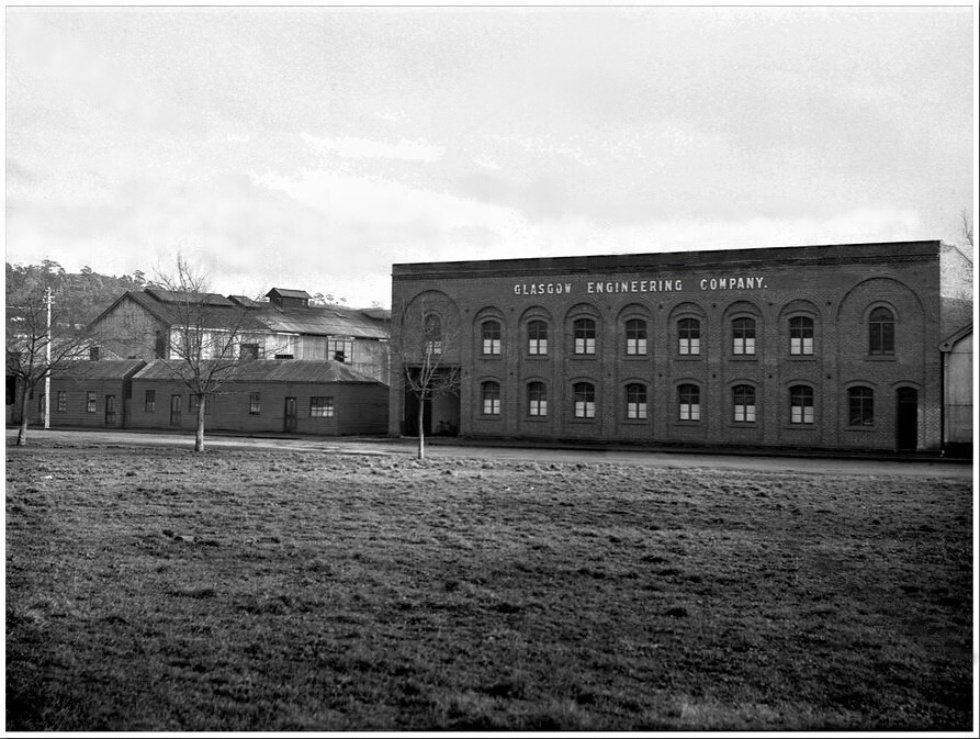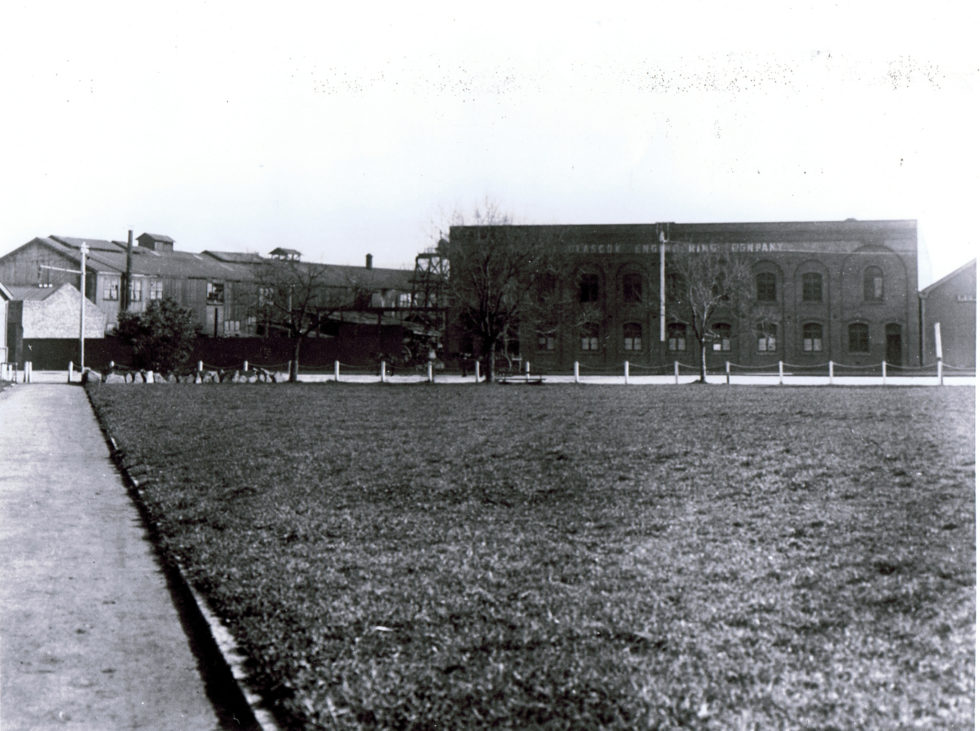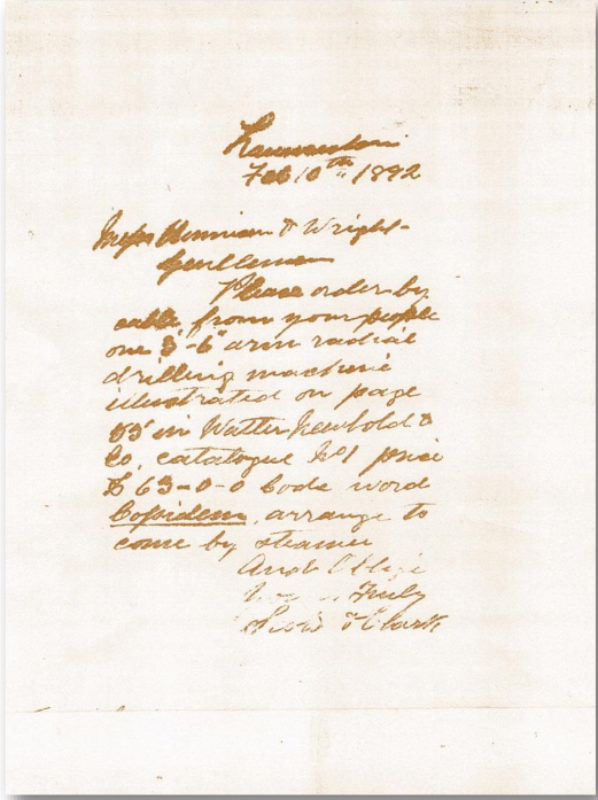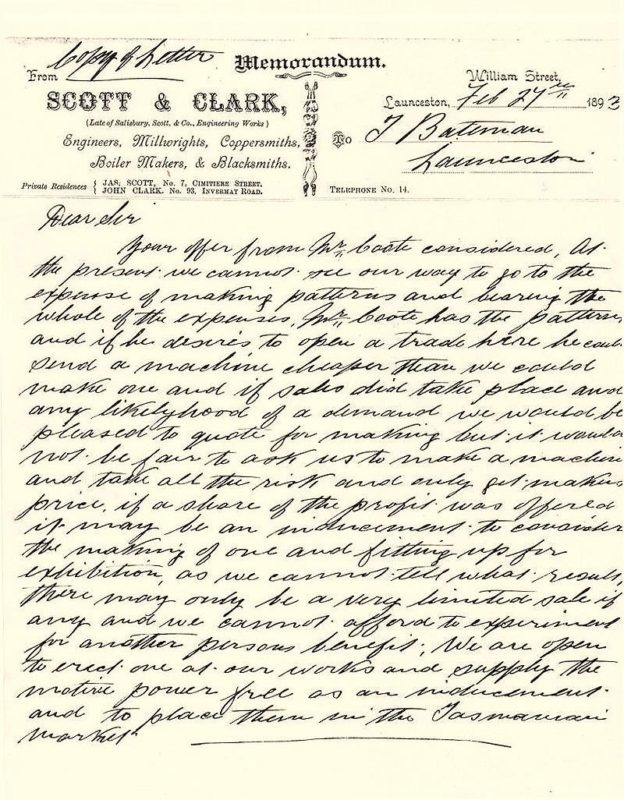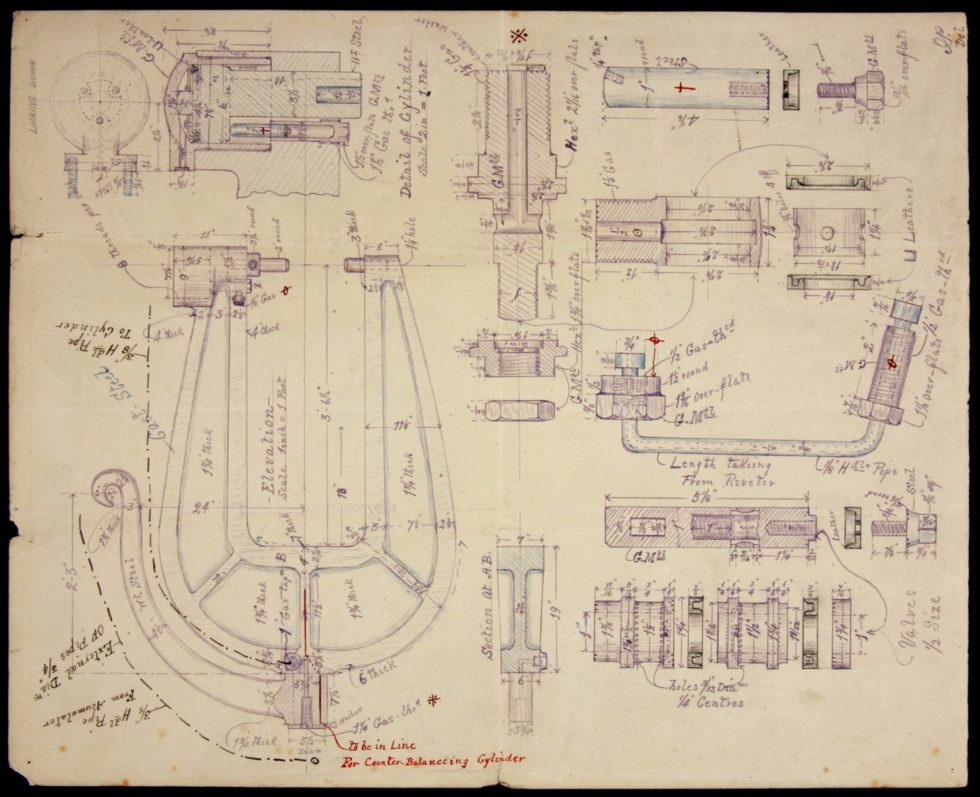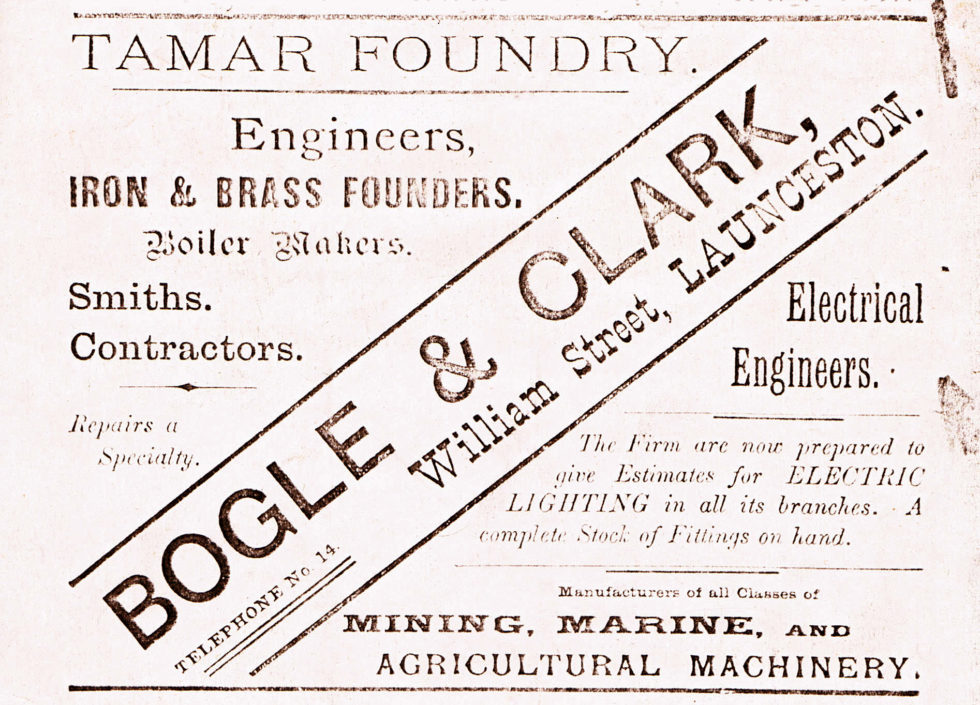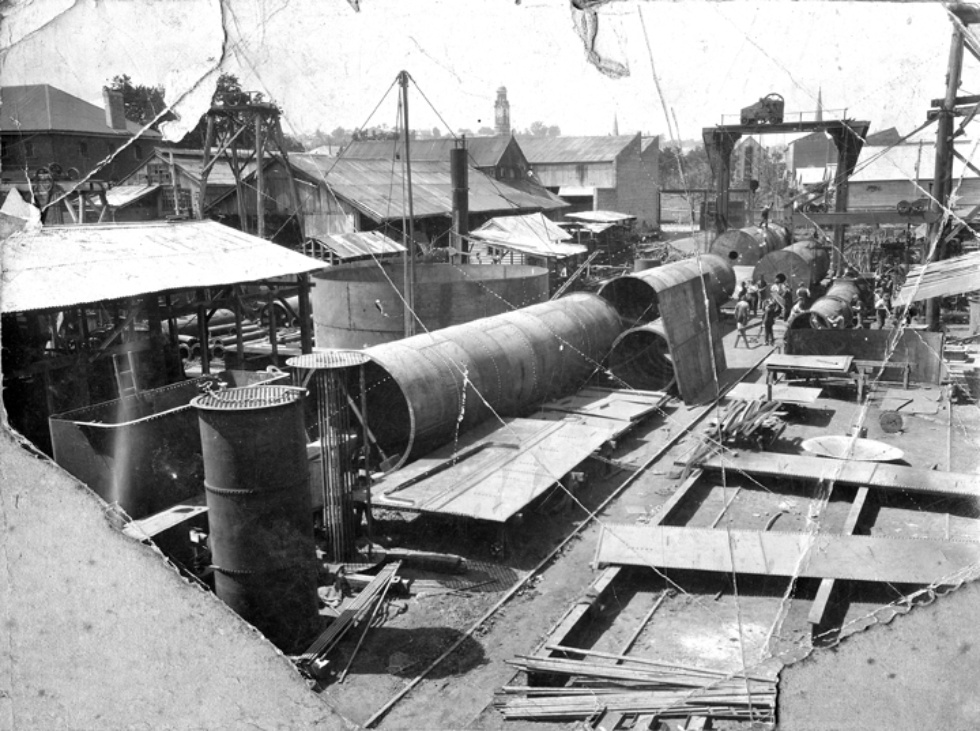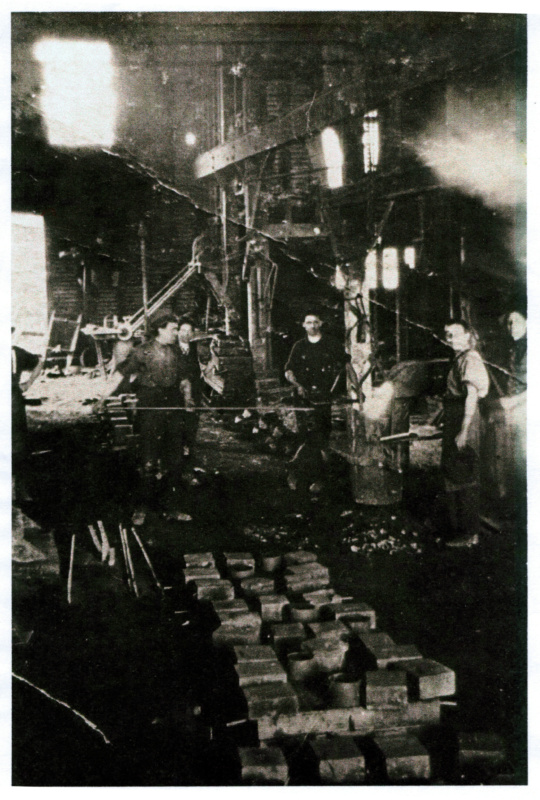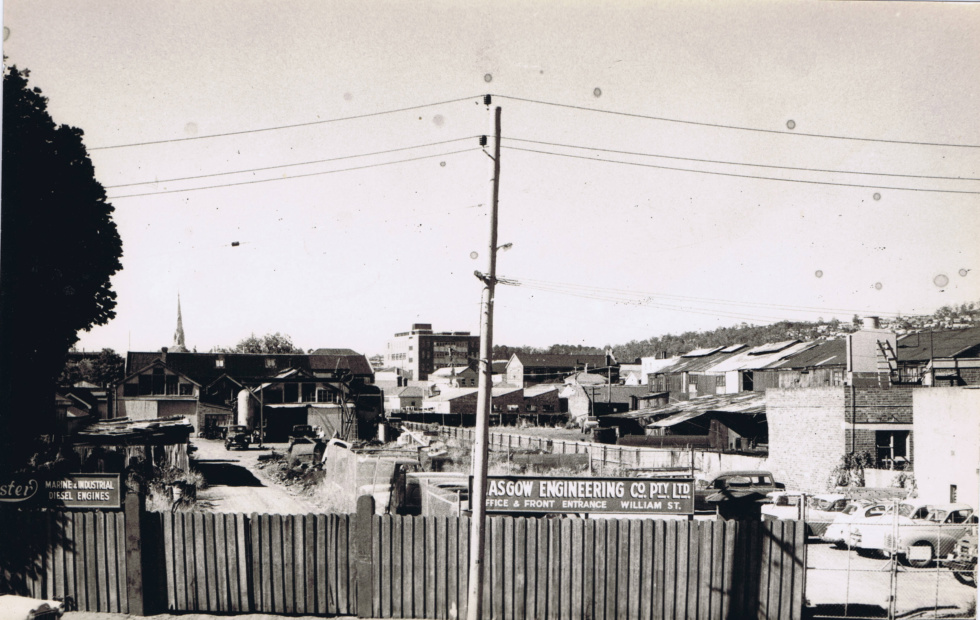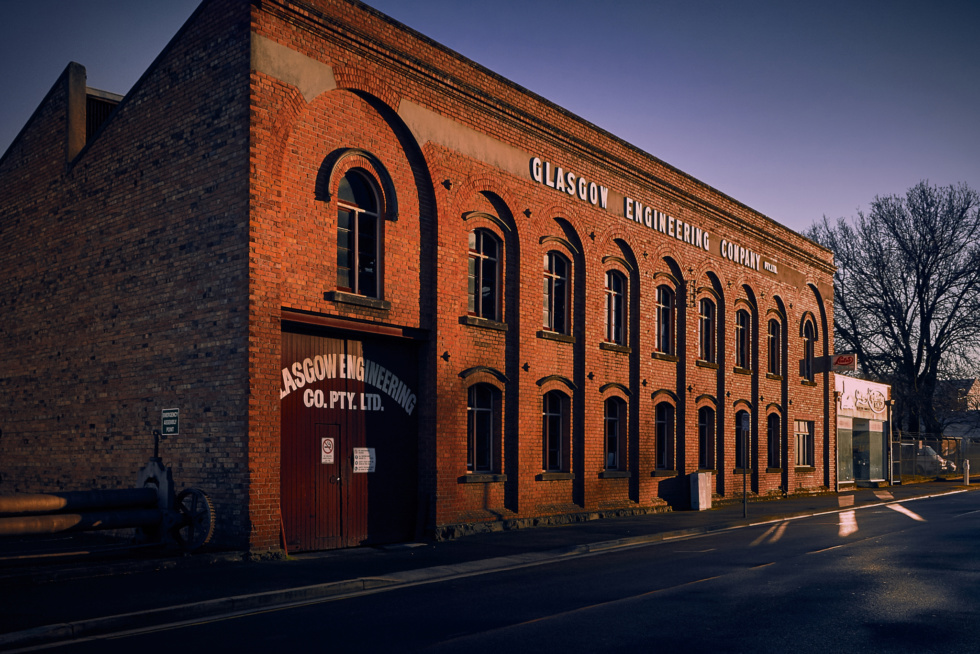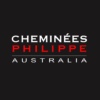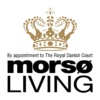Our History
Glasgow Engineering
Tamar Foundry, which was later to become Glasgow Engineering Company in May 1904, was founded by James Scott & John Clark, and the firm has been operating from its William Street site since its inception in 1892. This is unique for Launceston’s industrial heritage and the company is now the oldest operating engineering firm in Australia that is still located on its original site. The building its self is somewhat unique for Launceston being listed under the National Estate as a good example of an Edwardian industrial building in the neo-classical style, featuring an arched facade of fine proportions with an interesting use of bricks.
The front facade was constructed in 1905 by J. and T. Gunn, being built in front of the existing galvanised iron building facing William Street, and the building was designed by Edwin Laidlaw. Edwin Laidlaw was born in Wavertree near Liverpool, England, on 13 Aug 1842. On 12 Feb 1884 he arrived in Launceston. Edwin, an architect, was engaged by Messrs Reed, Henderson and Smart of Melbourne to superintend the erection of the Bank of Australasia building on the corner of Brisbane and St John streets. Other Launceston buildings Edwin supervised were the Commercial Bank, Granite Pillars Insurance (now Commonwealth Bank), Princess Theatre and National Theatre. As an architect, he built the Presentation Convent, Barclay's Building, Paine and Sons motor works, John Hart's Cameron Street terrace, Percy Hart's George Street terrace, James Barclay's private residence and other shops, residences, and warehouses.

